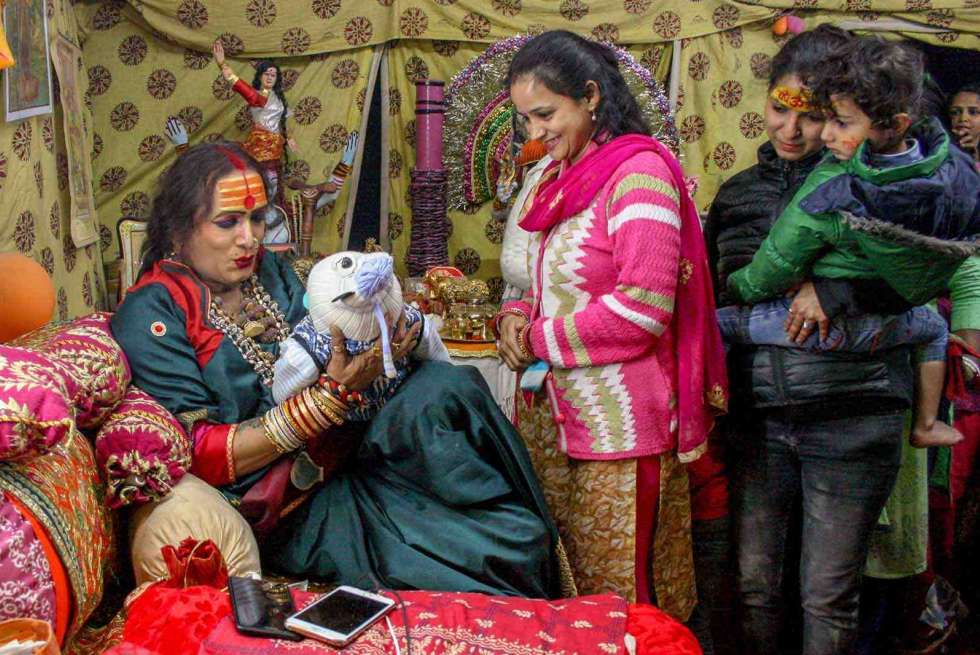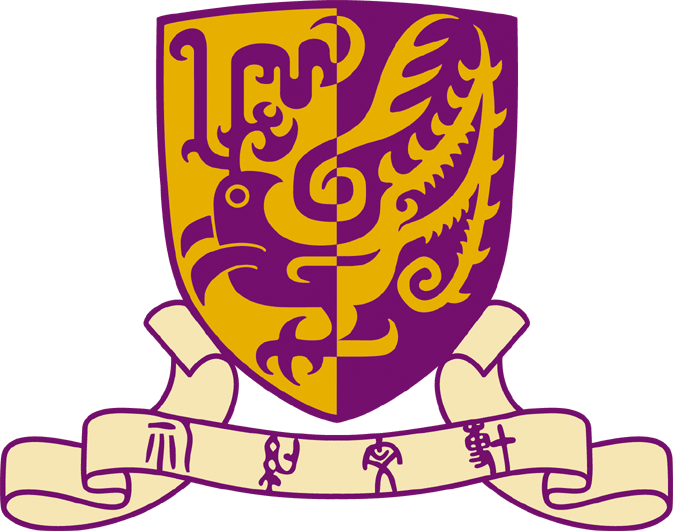Fieldsights Ina Goel

Photo by Ina Goel. Laxmi Narayan Tripathi (L), High-priestess of the Kinnar Akhada (a Hindu transgender spiritual order), blessing children in the 2019 Prayagraj Kumbh Mela pilgrimage festival—world’s largest gathering of people. Photo previously published in Sapiens.
On Tuesday, March 24, 2020, Prime Minister Narendra Modi announced on the telly that India will put its population of 1.38 billion under lockdown to curb community transmission of Covid-19. This order would take effect on Wednesday at 12:01 AM, giving a little under four hours’ notice. Obviously, everyone panicked. With no clue whatsoever how to secure groceries, medicines, and other necessities, people started emptying their local grocery stores in New Delhi, where I am doing my fieldwork. A couple of days later, images splashed on news screens of hungry migrant workers walking with their children and their belongings for hundreds of kilometers to return home in what has been called the greatest exodus since 1947 partition. This sudden announcement was not taken well by many vulnerable groups, including migrant workers, daily wagers including sex workers, and the hijras, a third-gender community in India. As an anthropologist who has been working with the hijra communities in India for almost ten years, there are specific cultural and social implications of the Covid-19 lockdown that need to be monitored.
Read the article in Fieldsights

